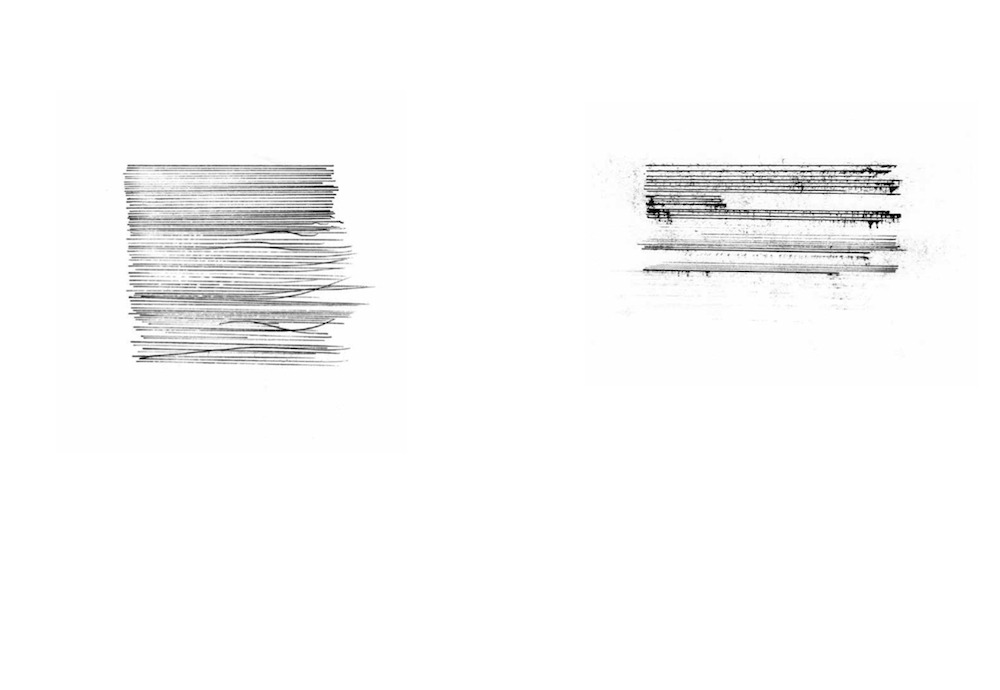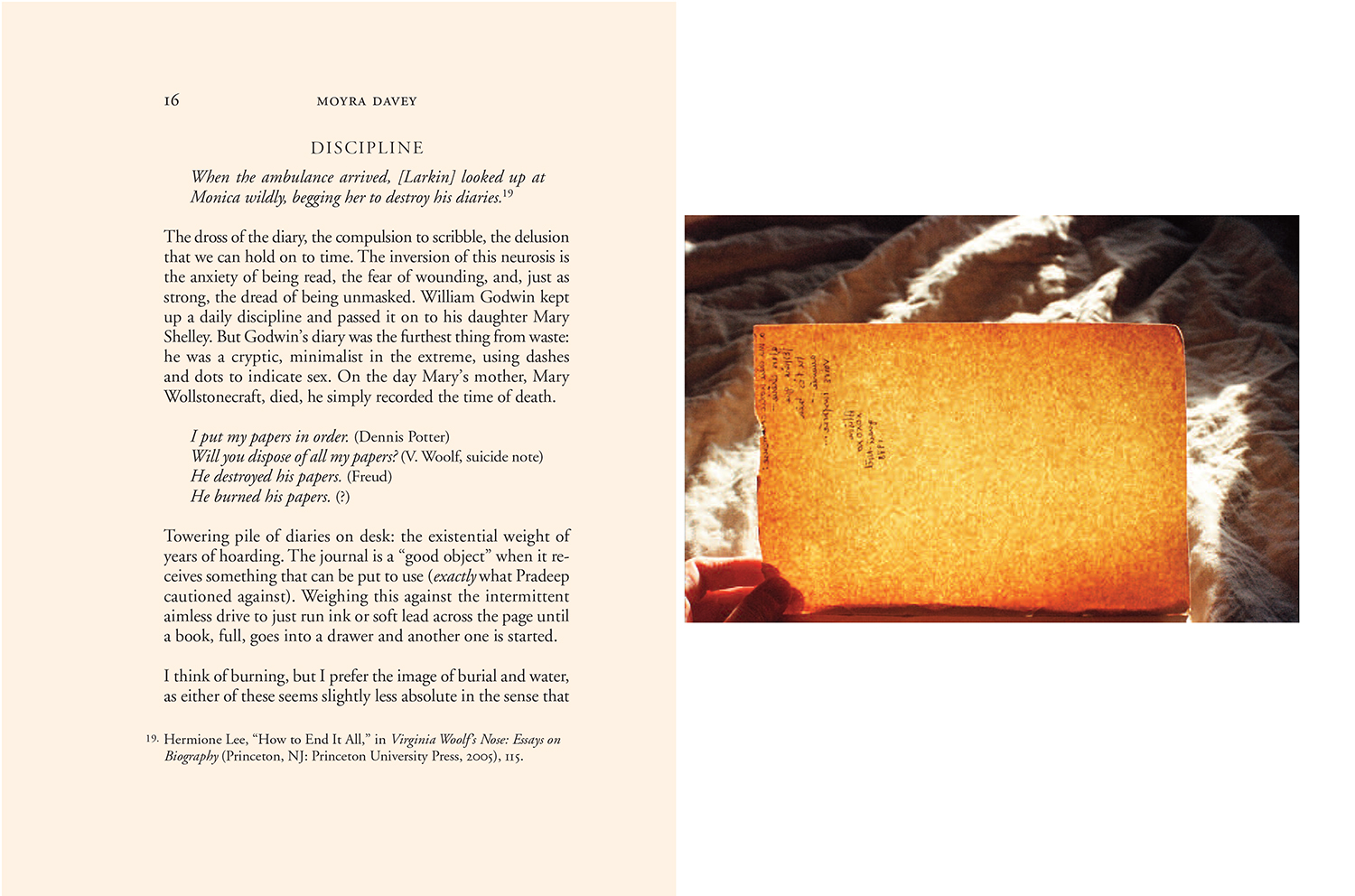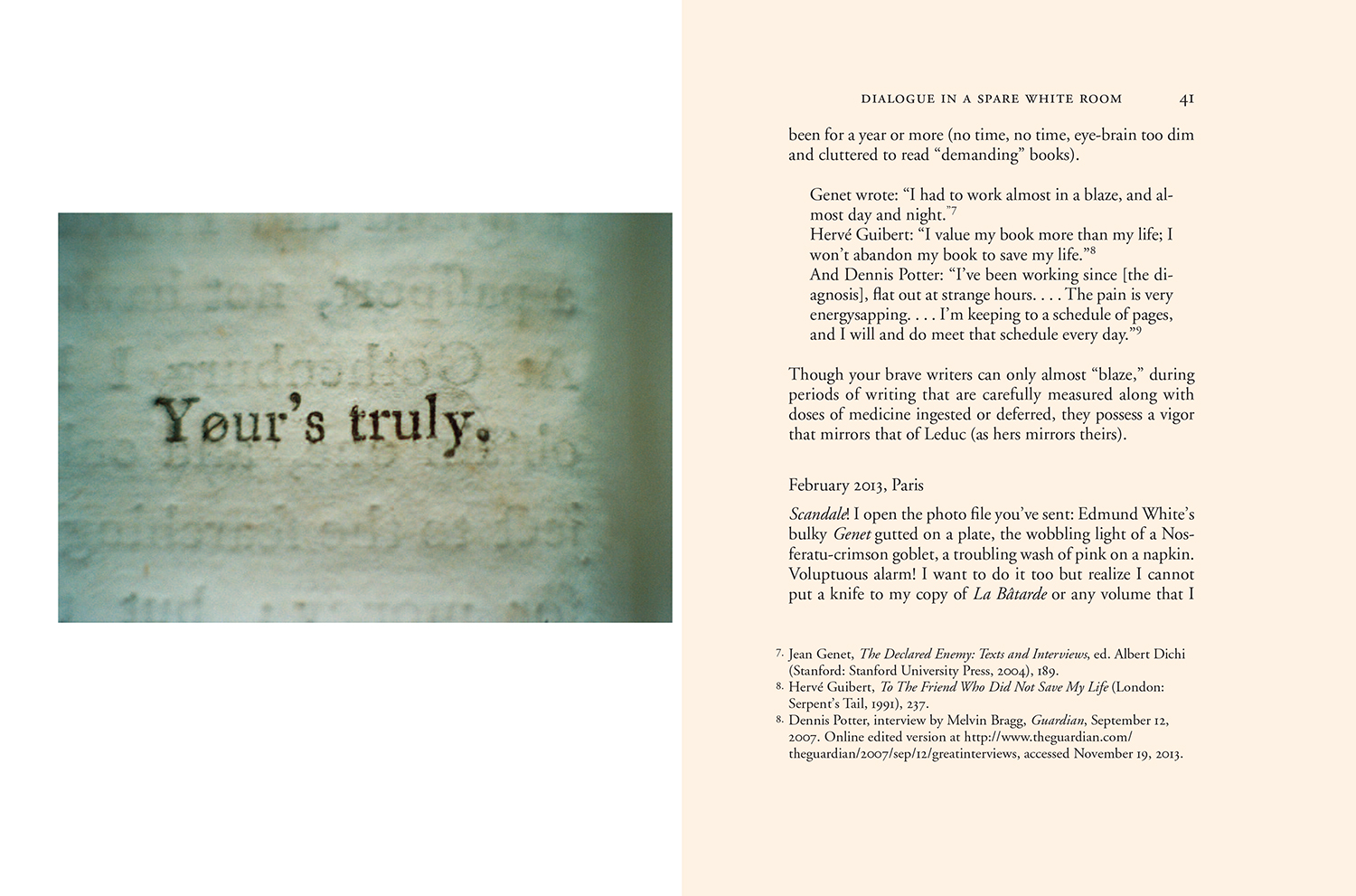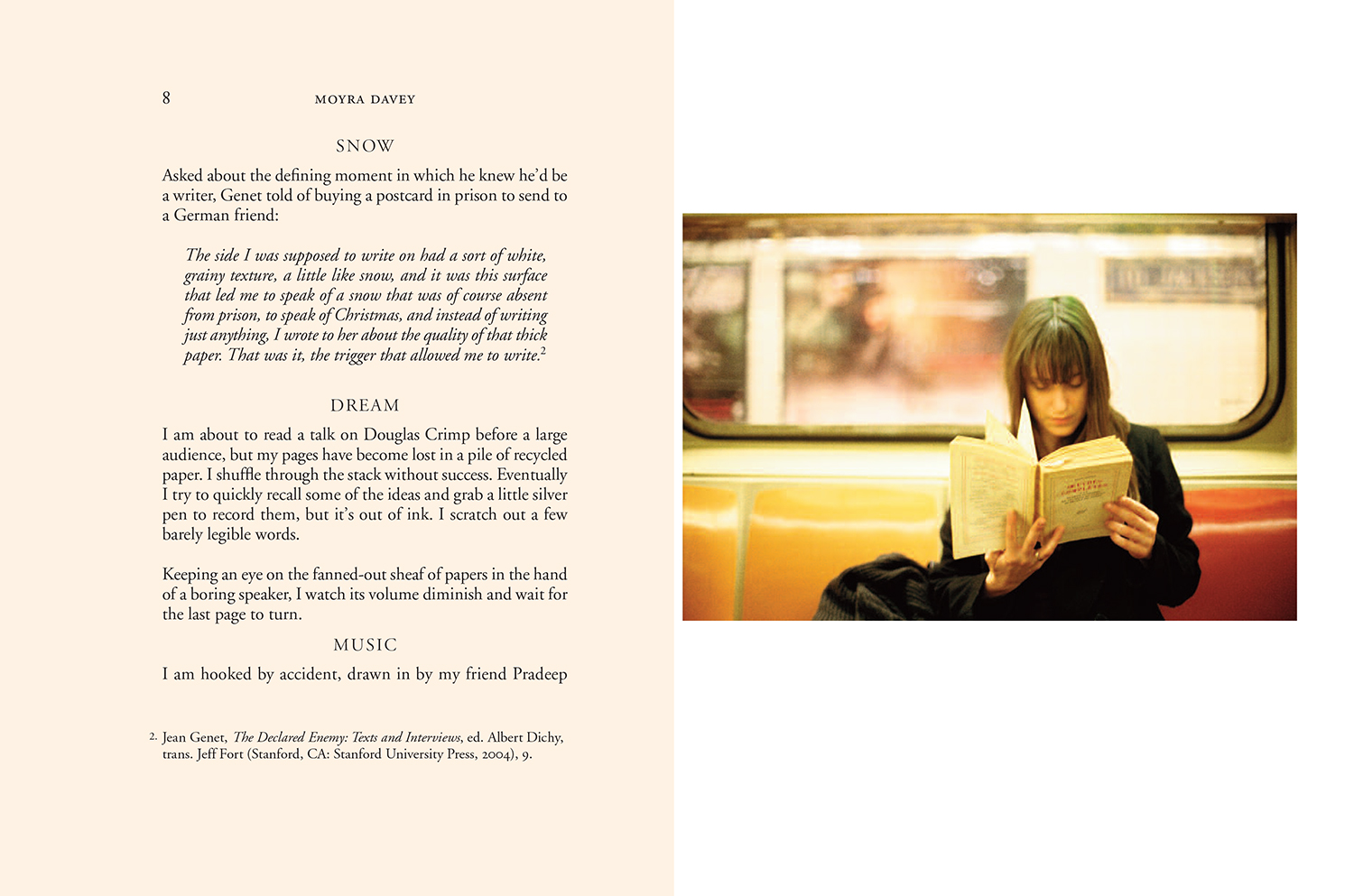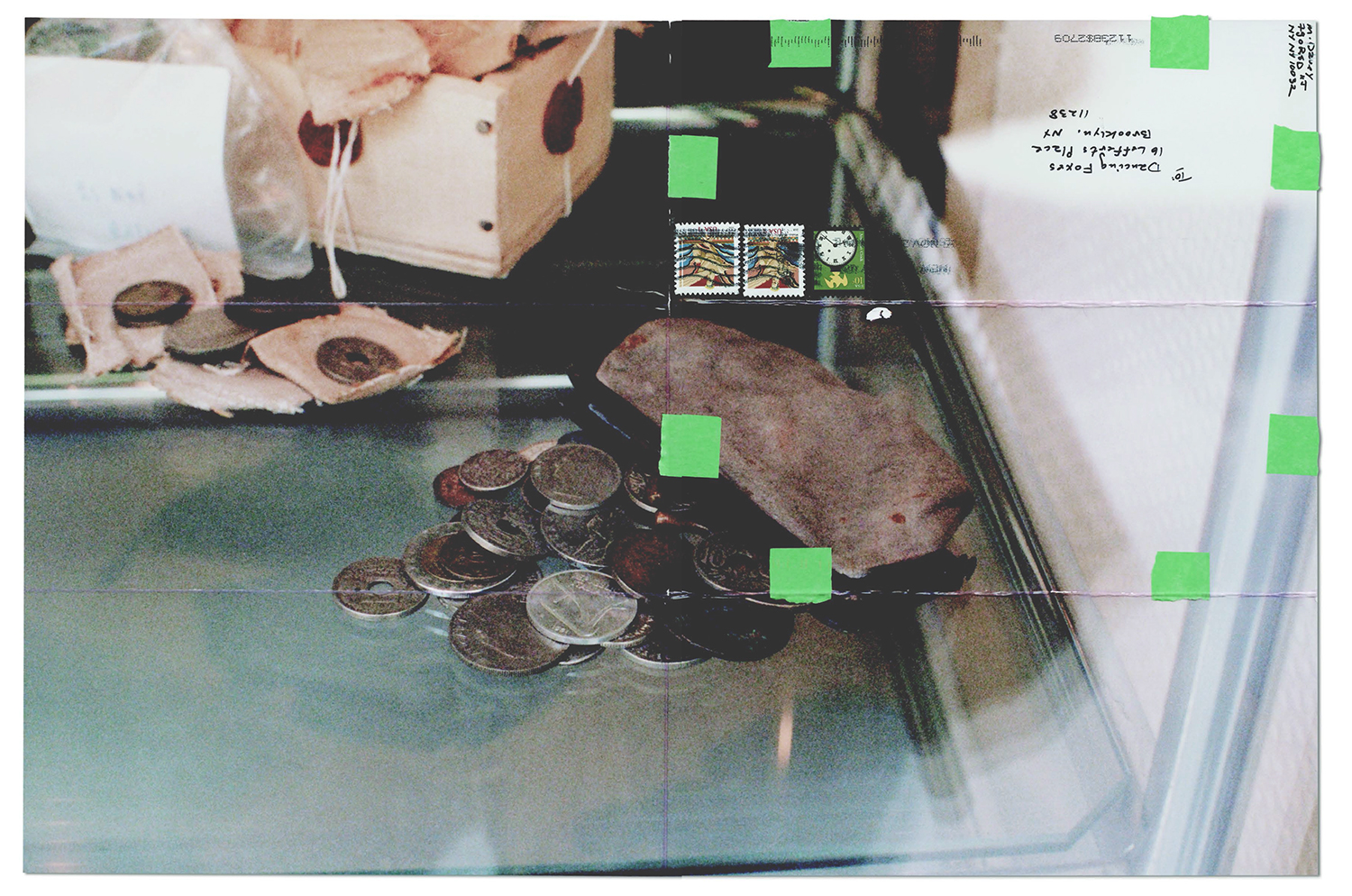Trying to navigate Caroline Bergvall’s Drift is an exercise in getting lost. It is also a welcome experimental voyage and one which provides an immersive, challenging and ultimately fulfilling reading experience that few authors are able to achieve so effortlessly.
The conceit of Drift draws its inspiration from the anonymously written 10th century Anglo-Saxon poem “Seafarer” which Bergvall dissects and studies by weaving together multiple languages and doing away with traditional punctuation. Readers with a penchant for investigating the form and function of language will marvel at Bergvall’s masterful hand. In a recent interview, she states that, “by juxtaposing languages, you sort of question the stability of a language. So you question its authenticity, its originality.” Bergvall highlights the inherent plasticity of language by stretching it and pulling it in different directions, opening it up to question and multi-layered meanings. Each section of this innovative text is paired beautifully with pages of restrained visual content, which serve as conceptual parentheses and offer the reader a deeper and more visceral experience.
I was initially concerned about finding a point of entry into Drift but was pleasantly surprised by its accessibility. The eighth section, aptly titled “Log,” functions like a captain’s log or a series of diary entries, offering a rare glimpse into the artistic process and the personal challenges Bergvall faced while creating Drift. She writes, “I come home and find that I have lost my sense of home. I come home to find that I have left my home. No rest, no refuge.” This sense of directionlessness—the Vikings called it hafvilla: not knowing where one is on the sea—is the singular thread that ties the book together. Engaging with Drift allowed me to throw away my compass, revel in the sensation of being lost and experience true hafvilla. It is an experience I highly recommend.
Drift is published by Nightboat Books and distributed by UPNE & SPD.
$19.95 PB 190 pages with approx. 45 bw illustrations ISBN: 978-1-937658-20-5 Pub date: May 2014

